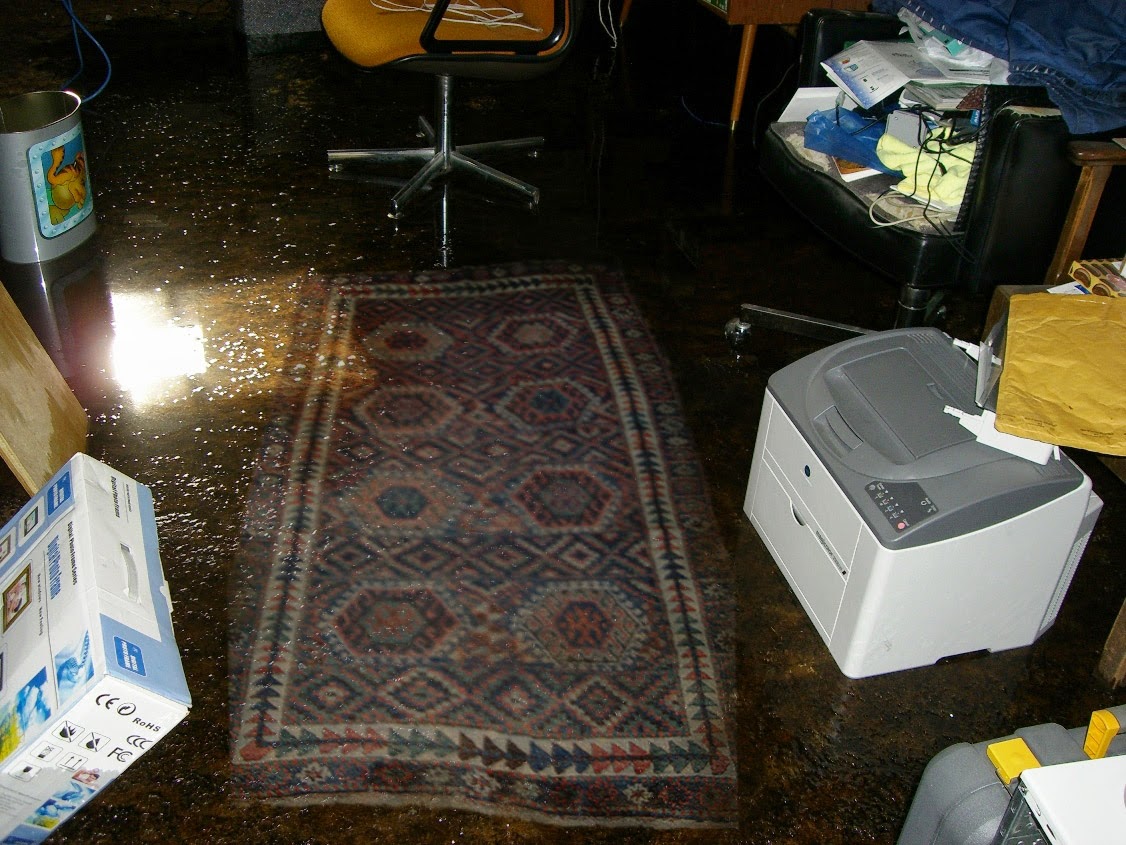Garden Rug, south east Iran, Kerman 17th century (Fragment)
Carpets from the Barbara Zidell Sedlin Family Collection
Sale: N08532 | Location: New York
Auction Dates: Session 1: Tue, 03 Mar 2009 10:00 AM
LOT 58 (of 51)
A SOUTH EAST PERSIAN KERMAN GARDEN CARPET FRAGMENT,
17th century
overcast on all four sides, oxidized browns, reweaves, patches
70,000—100,000 USD
measurements approximately 7ft. 10in. by 6ft. 5in. (2.39 by 1.96m.)
Description: 17th century, overcast on all four sides, oxidized browns, reweaves, patches
TECHNICAL ANALYSIS
Warp: cotton, Z5S, natural ivory
Weft: wool, 2 shoots, natural ivory
Pile: wool, asymmetric knot open to the right
Density: 14-15 horizontal, 16-17 vertical
Sides: incomplete
Ends: incomplete
Colors: madder red, dusty rose, ochre, yellow, dark blue, light blue, blue-green, green, ivory, walnut
PROVENANCE
Property of a Private Collector, sold Christie's New York, April 8, 1989, lot 82
LITERATURE AND REFERENCES
Burns, James D., Antique Rugs of Kurdistan: A Historical Legacy of Woven Art, United Kingdom, 2002, pp. 144-145.
CATALOGUE NOTE
The present lot depicts one of the many lavish gardens that were an essential part of Persian ruling class and elite homes throughout the Safavid period. Gardens were much praised not only by their owners but also by poets, who named their poems after well-known gardens, and painters who depicted them in their works. The beauty of these gardens captivated western travelers as well, including a certain Sir John Chardin, who in 1674 visited Shiraz and noted that the gardens of the city were the most beautiful sites in the realm, see M.S. Dimand and Jean Mailey, Oriental Rugs in the Metropolitan Museum of Art, New York, 1973, p. 78. The golden age of garden design was during the reign of Shah Abbas in the first half of the seventeenth century, when Persia's most exquisite landscapes were created. It is understandable that at this time garden design influenced other art forms beyond poetry and painting. Weavers and draftsmen at carpet manufactories quickly adjusted to the new trend and created designs that essentially recreated gardens in a two-dimensional form. A garden carpet can either depict landscapes with trees in a continuous formation or an aerial-like view of a formal garden, known as the Chahar Bagh design, as in the present lot. Here we see the compartmentalized flower beds and the canals that run though the garden from a bird's eye view mixing in side views of the flora and fauna of the landscape. Waterways are depicted flowing through the park in a geometric grid with small islands at the junctions. Whereas the flowers growing in the flowerbeds and along the channels are stylized and appear to be palmette forms with serrated leaves, the trees growing at the junction of the canals are depicted in a very lively and naturalistic manner. Their branches are willowy and grow out of the trunks in smooth organic lines. Similarly drawn trees can be found on a Kirman carpet of Chahar Bagh design in the Burrell Collection, Glasgow, see Susan Day ed., Great Carpets of the World, New York, 1996, p. 139, pl. 110. The birds sitting on the trees along the left side of the piece and the geese nesting on the island are also depicted in a life-like manner, which indicates that the lot offered here was made in the 1600s, when naturalistic portrayal of the flora and the fauna was common. Later garden carpets from the eighteenth century tend to be more stylized with geometric forms and angular drawing. An eighteenth-century fragment in the Metropolitan Museum of Art in New York illustrates this idea with its overall design similar to the present carpet in the arrangement of birds, trees, and flower beds, however, drawn with more angular lines, see Mailey, ibid., p. 85, fig. 117. The large lilies of the inner guard border here can be found in early Caucasian and Kurdish rugs and carpets, such as in the field design of a Kurdish rug illustrated in James D. Burns, Antique Rugs of Kurdistan: A Historical Legacy of Woven Art, United Kingdom, 2002, pl. 40. p. 140, sold Sotheby's New York, April 10, 1997 lot 56. The vibrant colors and the organic forms mixed with more abstract geometric elements make the lot offered here a particularly interesting piece that reflects not only the importance of gardens in the Safavid culture, but also the Safavid weavers' excellence at their craft.
Dr. Khosrow Sobhe (Dr. Kay)
Certified Rug Specialist (CRS)
www.LosAngelesRugCleaning.com
www.RugIdea.com
Tel. 310-770-9085





















